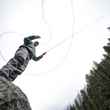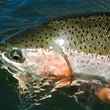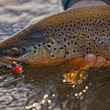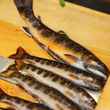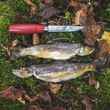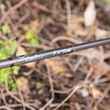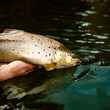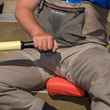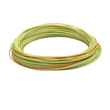I’m not a morning person. A 7 a.m. trico hatch? No way. Give me an evening Drake hatch any day. Tailing reds at sunrise? Not a chance. I’ll be there at sunset.
But my perspective on early-morning fishing all changed one Sunday when I met Dan Decibel for a late December trip to Flamingo.
I called him the night before from my hotel in Homestead. It was late. I asked what time we should meet. Thinking we’d meet at 7 or 8 AM, Dan suggested 5. I set the alarm for 4:15 and made sure the coffee pot worked. Four hours later, Dan’s silver truck pulled into the hotel parking lot, a Gheenoe Low Tide in tow.
Sustained by Red Bull and breakfast bars, we drove toward Florida City. About an hour later, we arrived in Flamingo, the southernmost point of Everglades National Park, greeted by hordes of blood-sucking mosquitoes.



